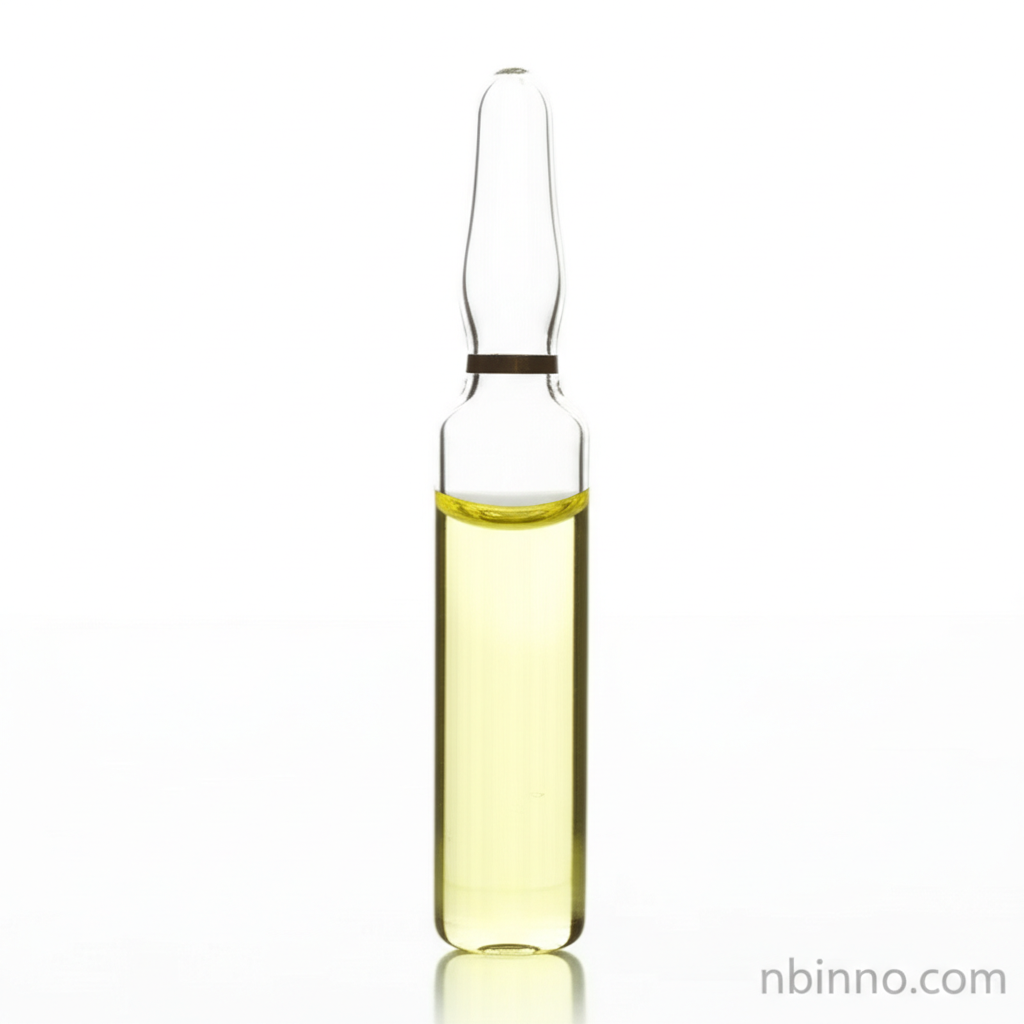3-(Trifluoromethyl)benzaldehyde: A Crucial Intermediate for Advanced Chemical Synthesis
Unlock new possibilities in pharmaceuticals, materials science, and agrochemicals with this high-purity fluorinated building block.
Get a Quote & SampleProduct Core Value

3-(Trifluoromethyl)benzaldehyde
3-(Trifluoromethyl)benzaldehyde (CAS 454-89-7) is a high-value organic intermediate renowned for its trifluoromethyl group substitution on the benzaldehyde core. This unique structure makes it an indispensable building block for creating complex molecules with tailored properties, significantly advancing research and development across multiple industries. Its high purity ensures reliable and efficient reaction pathways in sensitive synthetic processes.
- Exploring the diverse 3-(trifluoromethyl)benzaldehyde applications reveals its utility in pharmaceuticals, agrochemicals, and the creation of cutting-edge OLED and COF materials.
- As a key chemical intermediate, understanding its synthesis pathways is vital for many organic synthesis building blocks researchers.
- With a purity typically exceeding 98%, this compound ensures consistent performance and high yields in demanding chemical reactions.
- Discover why sourcing high purity 3-(trifluoromethyl)benzaldehyde is essential for innovation in fluorinated chemistry.
Key Advantages
Enhanced Reactivity
The electron-withdrawing trifluoromethyl group significantly influences the reactivity of the aldehyde, enabling precise chemical transformations crucial for developing novel compounds.
Broad Application Spectrum
Its versatility makes it a sought-after component for various organic synthesis building blocks, including those used in the development of new pharmaceuticals and advanced materials.
Fluorine Chemistry Advancement
As a vital fluorinated building block, it plays a critical role in advancing fluorine chemistry, leading to materials with unique thermal, chemical, and electronic properties.
Key Applications
Pharmaceutical Intermediates
Utilized in the synthesis of active pharmaceutical ingredients (APIs) where the trifluoromethyl group can enhance metabolic stability and bioavailability, crucial for many drug discovery efforts.
Agrochemical Development
Serves as a building block for pesticides and herbicides, where fluorinated moieties can improve efficacy and environmental persistence profiles.
OLED and Photoelectric Materials
Essential for creating advanced materials used in organic light-emitting diodes (OLEDs) and other photoelectric devices, contributing to their performance and longevity.
COF/MOF Synthesis
Acts as a precursor for covalent organic frameworks (COFs) and metal-organic frameworks (MOFs), leading to porous materials with applications in catalysis, gas storage, and separation.
